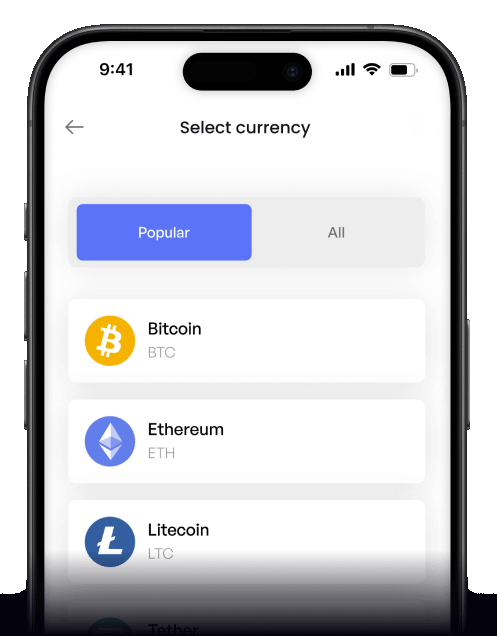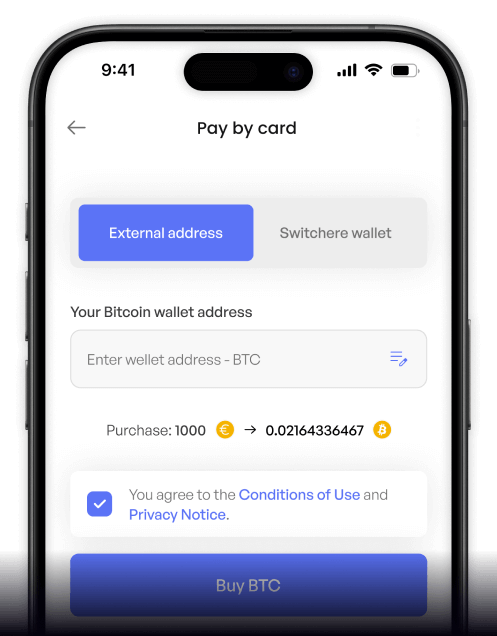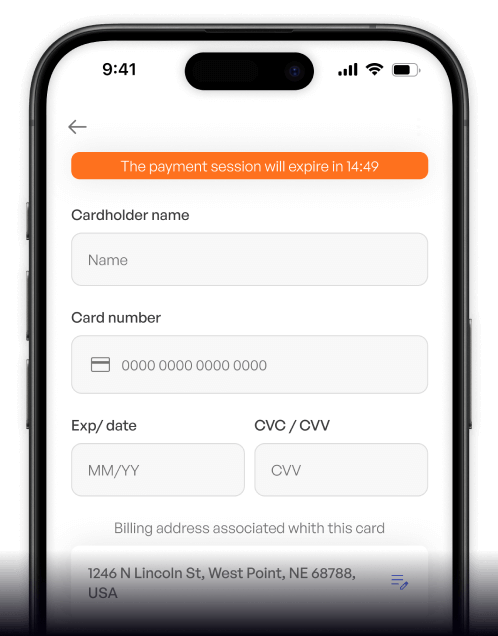- Hjemmeside
- Konverter
- South African Rand (ZAR) til Balancer (BAL)
Konverter
South African Rand (ZAR) til Balancer (BAL) med det samme
Køb Balancer (BAL) med South African Rand (ZAR) nemt hos Switchere og nyd godt af hurtige, sikre transaktioner.
Omkring
Balancer (BAL)
Balancer (BAL) er en central del af den decentraliserede finans (DeFi) infrastruktur, der fungerer som en yderst fleksibel automatiseret market maker (AMM) og likviditetsprotokol. I modsætning til traditionelle AMM'er, der ofte kræver 50/50 aktivpar, er Balancers nøgleinnovation brugen af tilpasselige, multi-token likviditetspuljer, også kendt som smarte puljer. Dette giver enhver mulighed for at oprette selvbalancerende porteføljer eller decentraliserede indeksfonde, hvor aktiver holdes i specifikke, vægtede proportioner. Dette design giver ikke kun dyb, programmerbar likviditet for handlende, men skaber også arbitragemuligheder, der driver puljerne tilbage til deres tilsigtede vægtning, hvilket effektivt automatiserer porteføljestyring for likviditetsudbydere på dets decentraliserede netværk.
Protokollens udvikling til Balancer V2 introducerede en banebrydende enkelt Vault-arkitektur. Dette design adskiller AMM-logikken fra tokenhåndtering og regnskab, hvilket massivt forbedrer gas- og kapitaleffektiviteten. Alle handler inden for Balancer-økosystemet dirigeres gennem denne ene Vault, hvilket gør det muligt for komplekse multi-hop handler at blive udført med betydeligt lavere transaktionsomkostninger. Protokollens oprindelige digitale aktiv, BAL, fungerer som et kritisk governance-token. Indehavere af BAL-utility-tokenet kan deltage i on-chain governance, stemme om protokolopgraderinger, gebyrændringer og styre tildelingen af likviditetsminingsbelønninger, og dermed forme fremtiden for denne essentielle Web3-infrastruktur.
Sådan køber du Balancer (BAL).
Populære mønter for South African Rand (ZAR)
Andre mønter til South African Rand (ZAR)
Ofte stillede spørgsmål
-
Hvad er den mest almindelige måde at købe Balancer (BAL) med sydafrikanske rand (ZAR) på?
Den mest almindelige metode indebærer at bruge en sydafrikansk kryptovalutabørs som en fiat on-ramp. Brugere registrerer sig typisk, gennemfører KYC/AML-verifikation og indbetaler ZAR via elektronisk pengeoverførsel (EFT). Når ZAR er krediteret, kan det være nødvendigt først at købe et stort digitalt aktiv som ETH eller en stablecoin, og derefter handle det for BAL på en platform med højere likviditet for BAL-tokenet. -
Hvad er den primære funktion af BAL-tokenet inden for Balancer Protocol?
BAL-tokenet er det oprindelige governance-token for Balancer Protocol. Dets primære funktion er at facilitere decentraliseret styring, hvilket giver BAL-indehavere mulighed for at stemme om centrale protokolparametre og opgraderinger. Dette giver fællesskabet kontrol over fremtiden for denne førende Automated Market Maker (AMM), hvilket muliggør deltagelse i beslutninger vedrørende protokolgebyrer og nye funktioner. -
Hvordan tilfører Balancers Automated Market Maker (AMM) unik værdi i DeFi-området?
Balancers nøgleinnovation er dens fleksible, multi-token likviditetspuljer, styret af smarte kontrakter på Ethereum Virtual Machine (EVM). I modsætning til AMM'er med faste 50/50 token-forhold, understøtter Balancer vægtede puljer med op til otte forskellige ERC-20 tokens. Dette design omdanner effektivt likviditetspuljer til selv-balancerende indeksfonde, hvilket tilbyder mere sofistikeret porteføljestyring og yield farming-strategier for likviditetsudbydere. -
Efter at have købt BAL på en børs, hvad er de bedste sikkerhedspraksis for opbevaring?
Da BAL er et ERC-20-token, er det afgørende at overføre det fra børsen til en personlig digital tegnebog, hvor du kontrollerer de private nøgler. Mulighederne omfatter hardware-punge for maksimal sikkerhed eller velrenommerede software-punge, der er kompatible med Ethereum-netværket. Dobbelttjek altid modtageradressen og vær forberedt på Ethereum-gasgebyrer, som kræves for hver blockchain-transaktion. -
Er det almindeligt at finde et direkte ZAR/BAL-handelspar med høj likviditet?
Direkte ZAR/BAL-handelspar er ualmindelige på de fleste platforme. Standardruten for sydafrikanske investorer er en totrinsproces. Først konverteres ZAR til en meget likvid kryptovaluta som ETH eller USDT på en lokal fiat-gateway. For det andet bruges dette aktiv på en større børs, der har en dyb ordrebog og betydelig handelsvolumen for BAL til at udføre den endelige handel.






